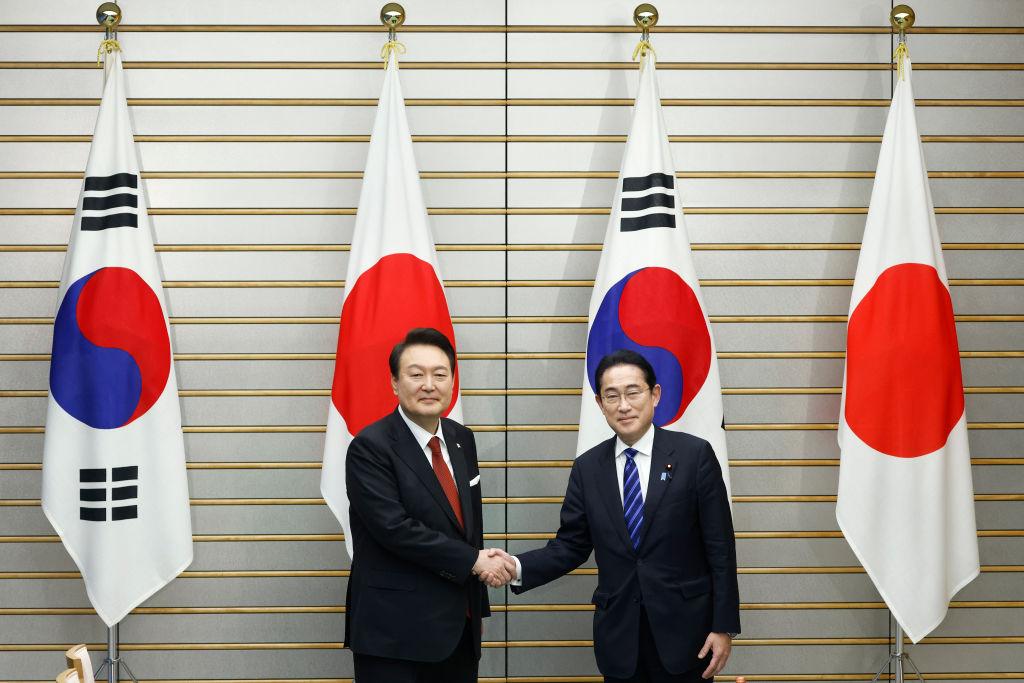New Analysis
After a 12-year hiatus in reciprocal visits between the leaders of South Korea and Japan, the recent visit to Japan by South Korean President Yoon Suk-yeol was seen as an ice-breaking trip.

After a 12-year hiatus in reciprocal visits between the leaders of South Korea and Japan, the recent visit to Japan by South Korean President Yoon Suk-yeol was seen as an ice-breaking trip.